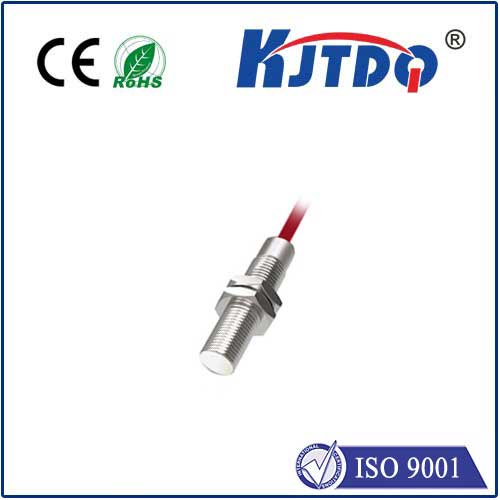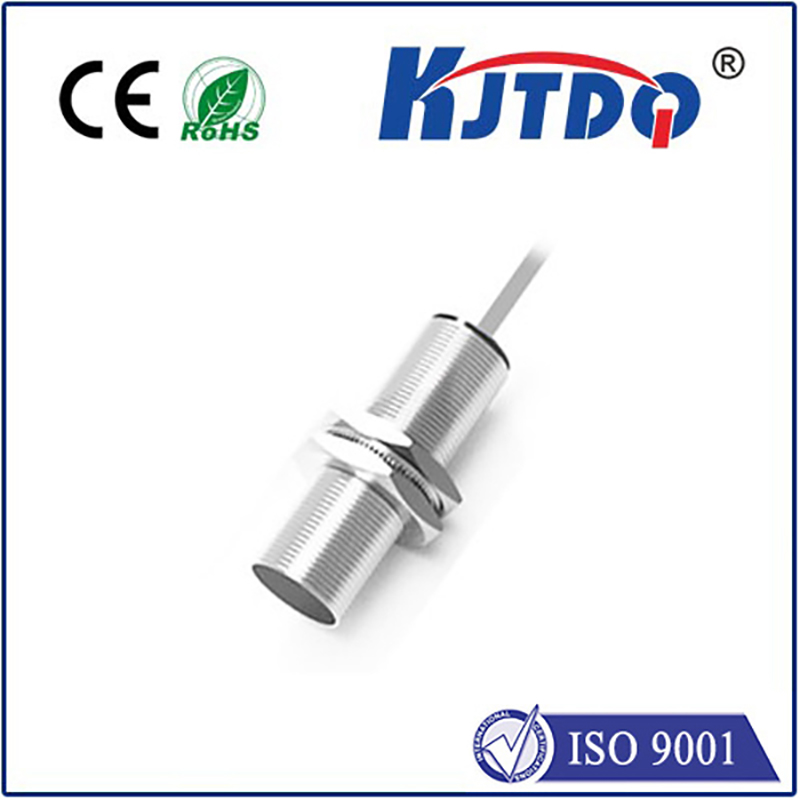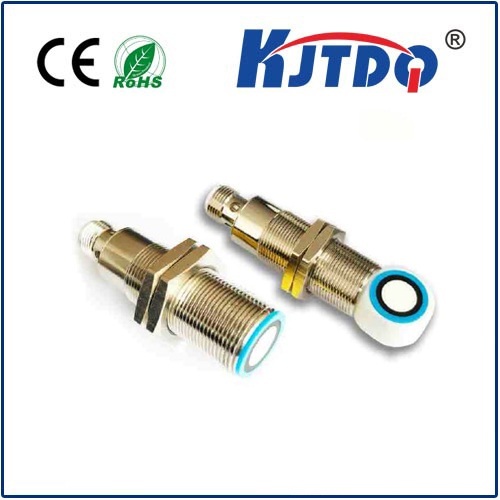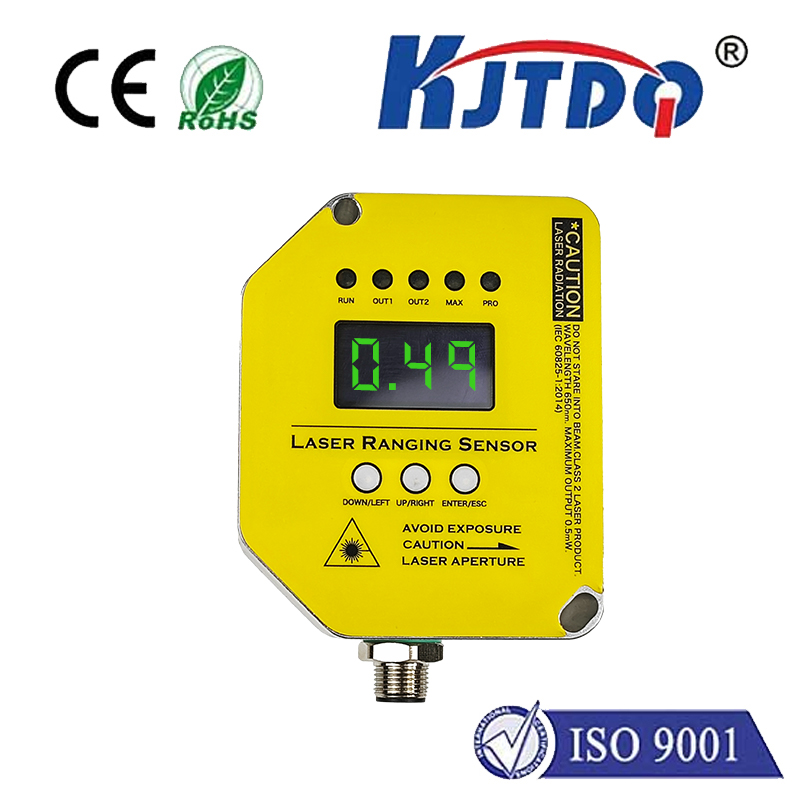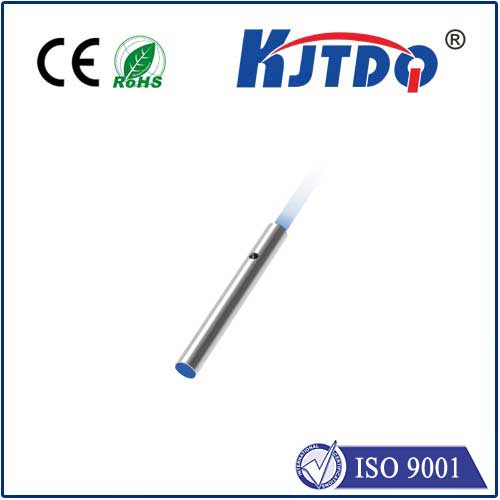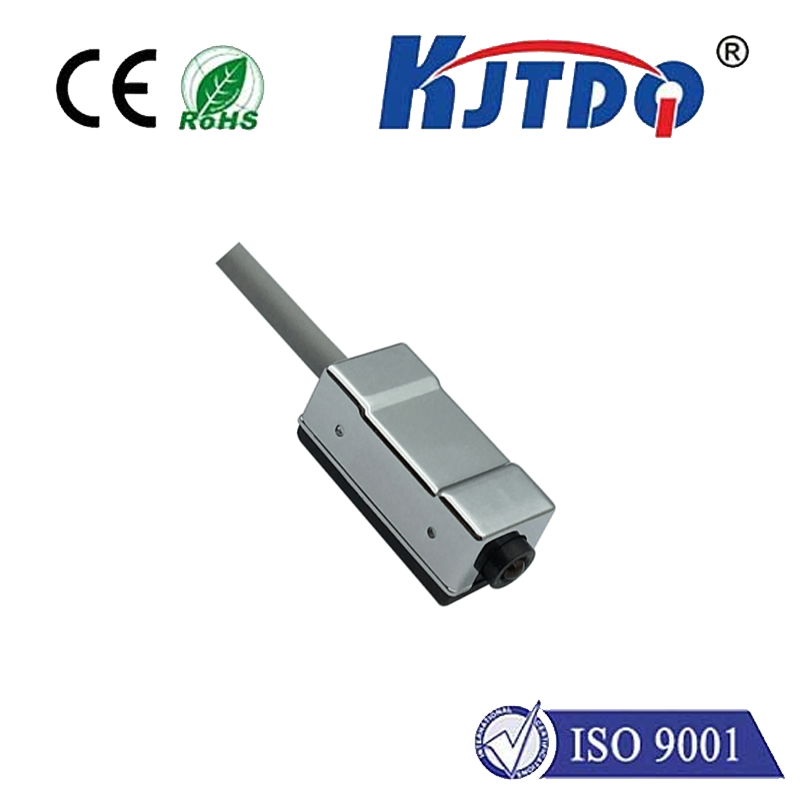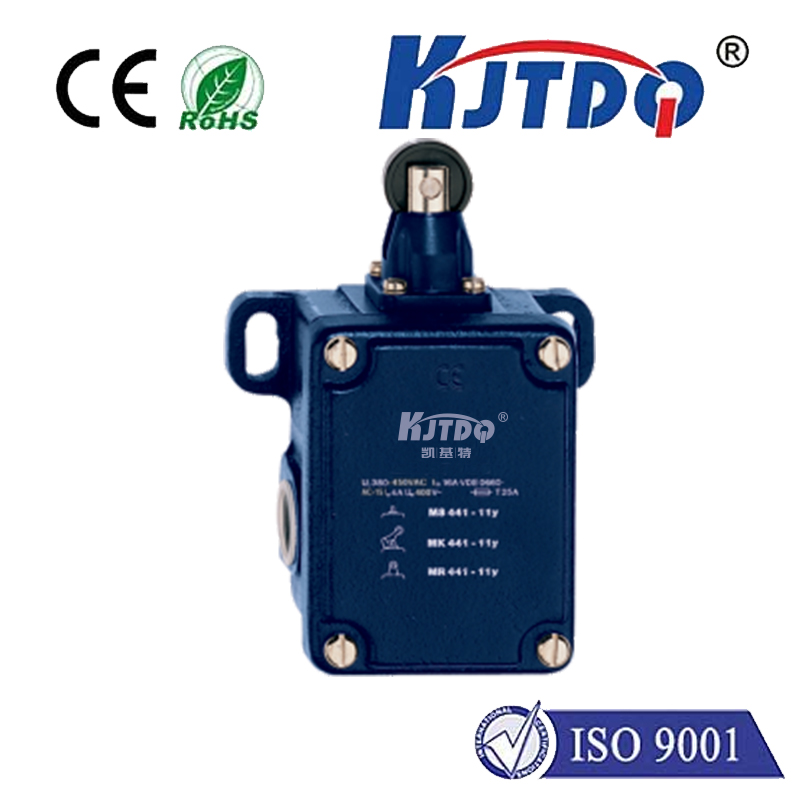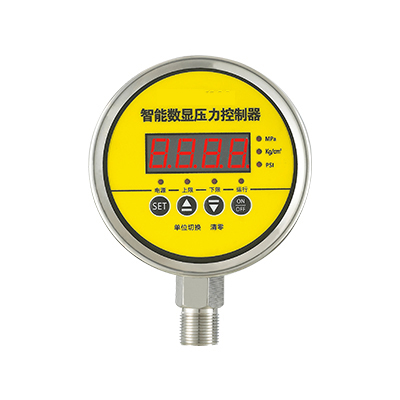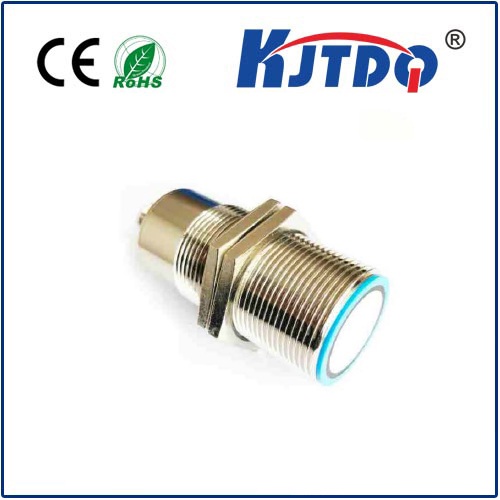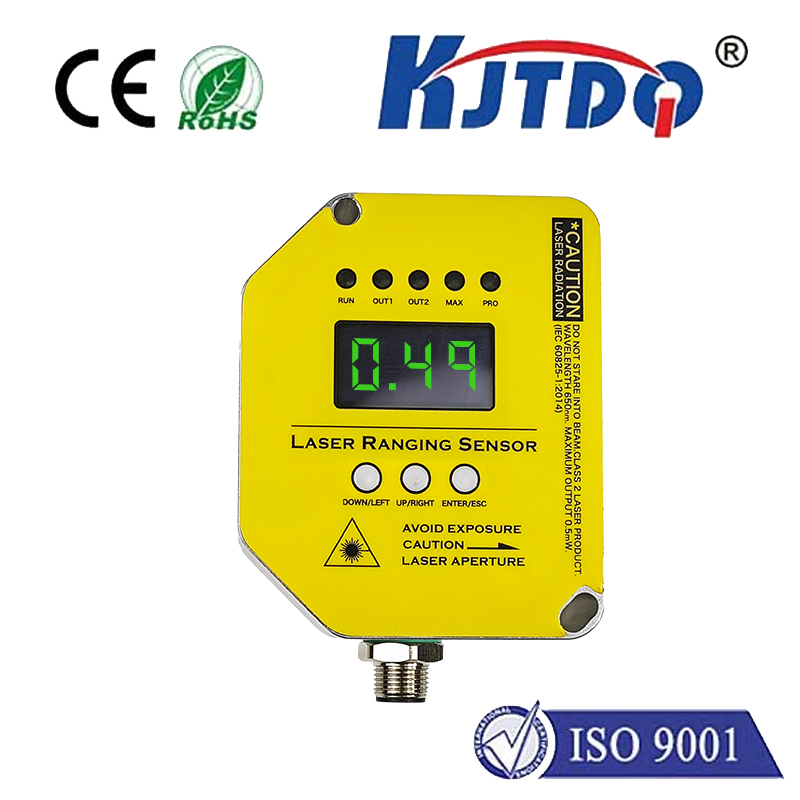
check

check

check

check
Solid State Limit Switch: A Revolutionary Breakthrough in Industrial Automation
The advent of solid state limit switches has revolutionized the field of industrial automation by providing a reliable, efficient, and durable solution for detecting the presence or absence of objects. These switches have become an integral part of modern manufacturing processes, enabling machines to operate autonomously with minimal human intervention. In this article, we will explore the key features, benefits, and applications of solid state limit switches that make them an essential component of industrial automation systems.
Firstly, let us understand what a solid state limit switch is. As the name suggests, it is a type of switch that uses solid-state electronics to detect physical changes in its surroundings. Unlike traditional mechanical switches that rely on physical contact between moving parts, solid state limit switches use non-contact sensors such as photoelectric sensors, ultrasonic sensors, or magnetic proximity sensors to detect the presence or absence of objects. This makes them highly accurate, reliable, and resistant to wear and tear, ensuring long-lasting performance even under harsh industrial conditions.

One of the primary advantages of solid state limit switches is their ability to provide instantaneous feedback to control systems. They can quickly detect any change in the position or orientation of an object, allowing machines to respond immediately without delay. This feature is particularly important in high-speed manufacturing processes where precise timing is critical for maintaining product quality and efficiency.
Another significant benefit of solid state limit switches is their flexibility in terms of installation and integration into existing systems. They can be easily mounted on various surfaces, including metal, plastic, and glass, without requiring any additional hardware or modifications. Moreover, they are compatible with most industrial control systems, making it easy to integrate them into existing automation frameworks.
Solid state limit switches also offer superior durability compared to their mechanical counterparts. Since they do not involve any moving parts, they are less prone to breakdowns caused by wear and tear or environmental factors such as dust, dirt, and moisture. This makes them ideal for use in harsh industrial environments where reliability and longevity are crucial.
In terms of applications, solid state limit switches are widely used in various industries, including manufacturing, packaging, food processing, and materials handling. They are commonly employed for tasks such as detecting product presence on conveyors, monitoring machine cycles, counting products, and ensuring safe operation of robotic equipment. By providing real-time feedback to control systems, these switches enable machines to operate more efficiently, reducing downtime and increasing overall productivity.
In conclusion, solid state limit switches have emerged as a game-changing technology in the realm of industrial automation. Their accuracy, reliability, flexibility, and durability make them an essential component of modern manufacturing processes. As industries continue to embrace automation and seek ways to improve efficiency and productivity, solid state limit switches will undoubtedly play a vital role in shaping the future of industrial automation.
